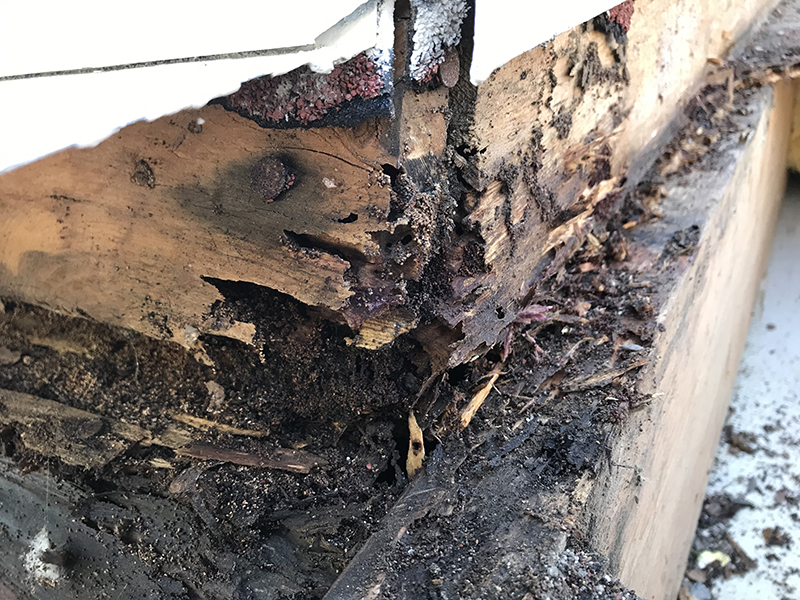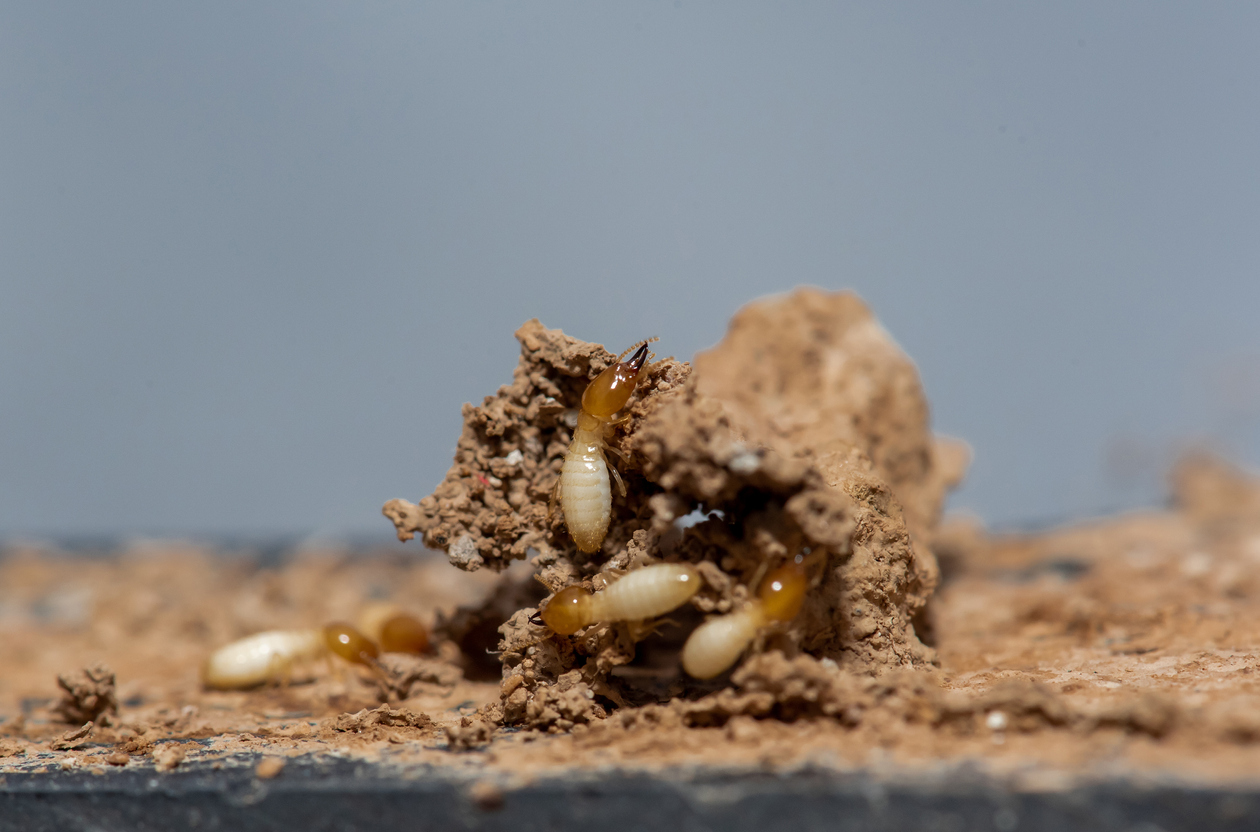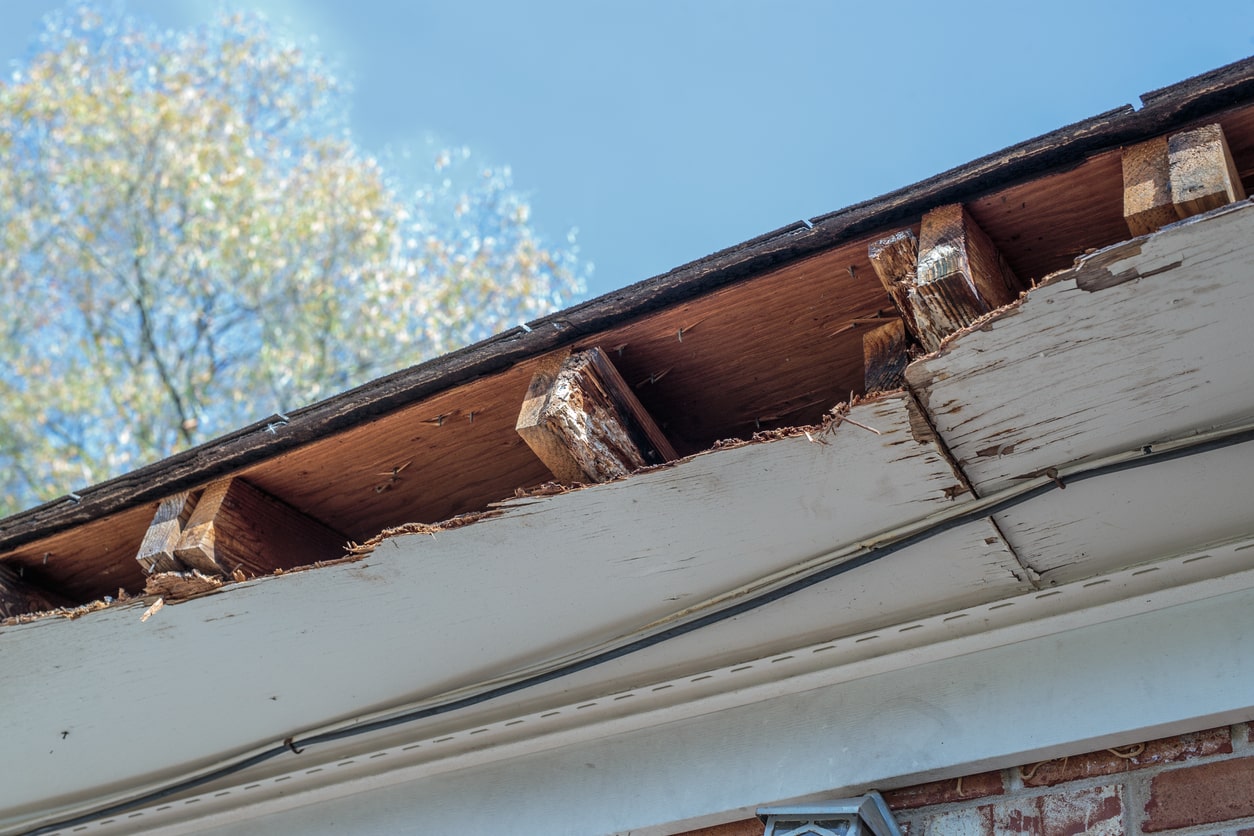How To Save On Property Damage Caused by Dry Rot, Termites, Mold & Mildew
There’s likely dry rot and termites where there’s high moisture content. Building with cold-formed steel framing can avoid these costly issues.
Cold-formed steel (CFS) is one of the most durable, reliable, and sustainable building materials available. It is an excellent option for any low- or mid-rise construction project, regardless of location. In some areas in the United States and beyond, framing with cold-formed steel is more than just a good idea — it’s highly advisable.





